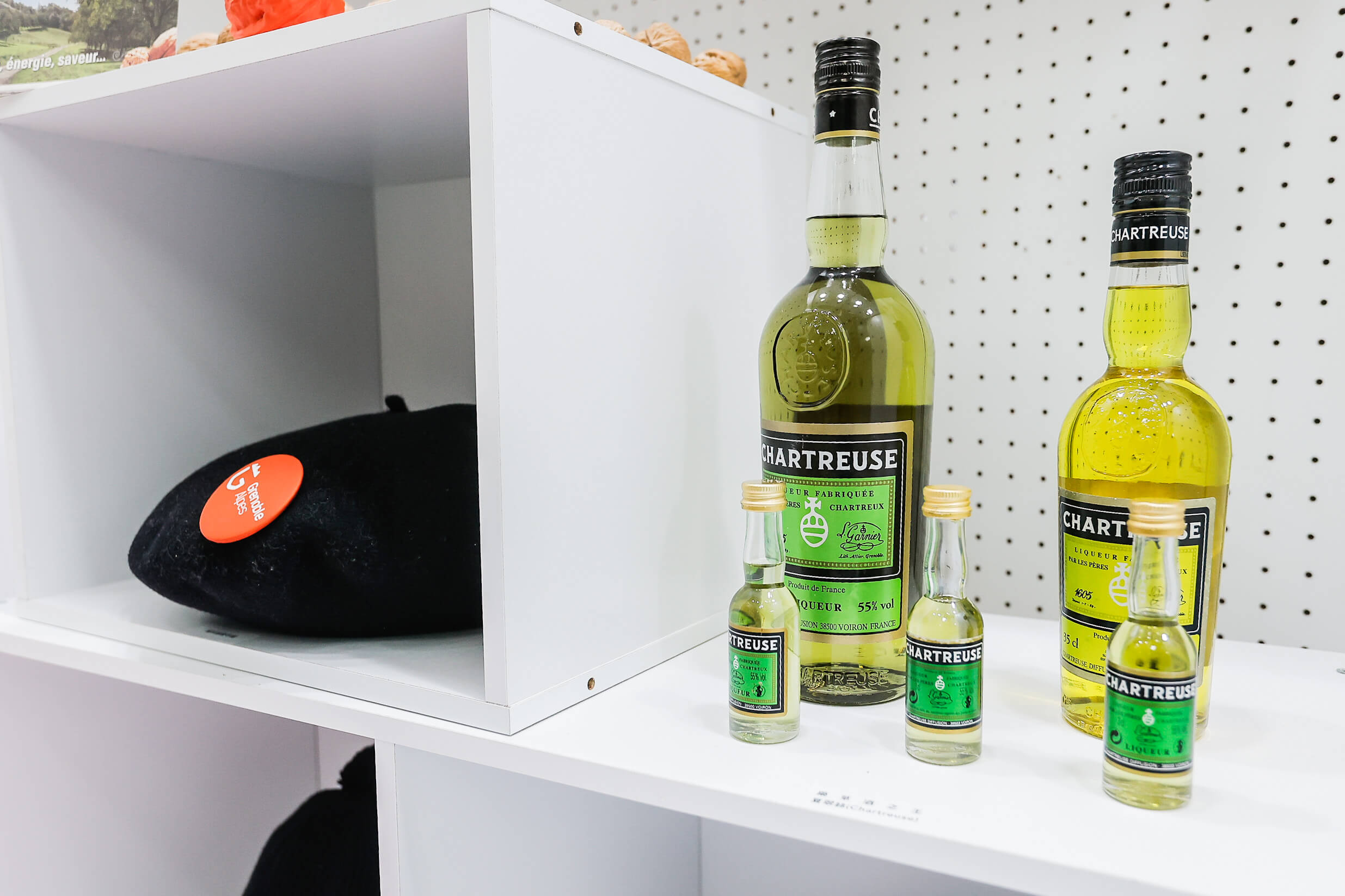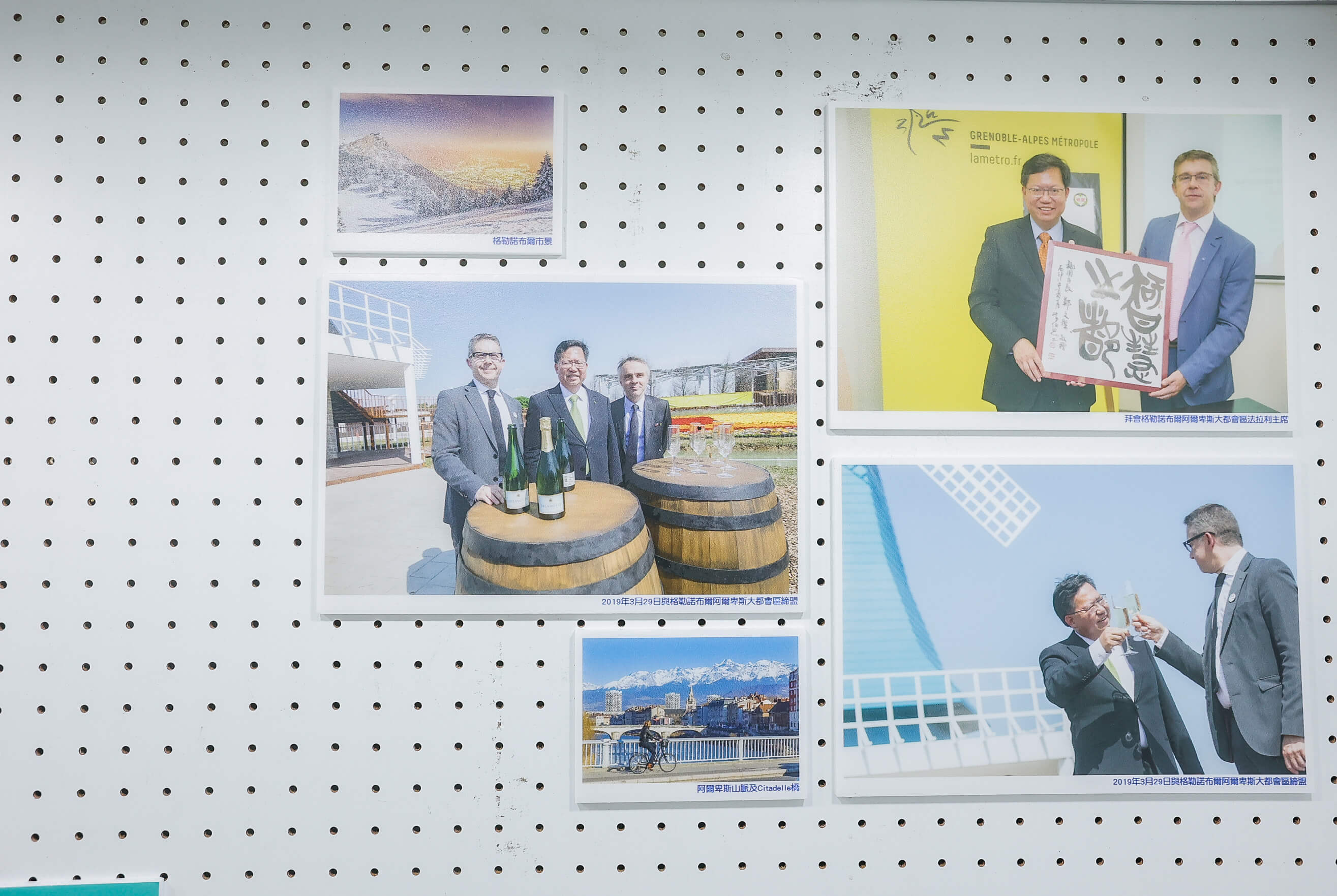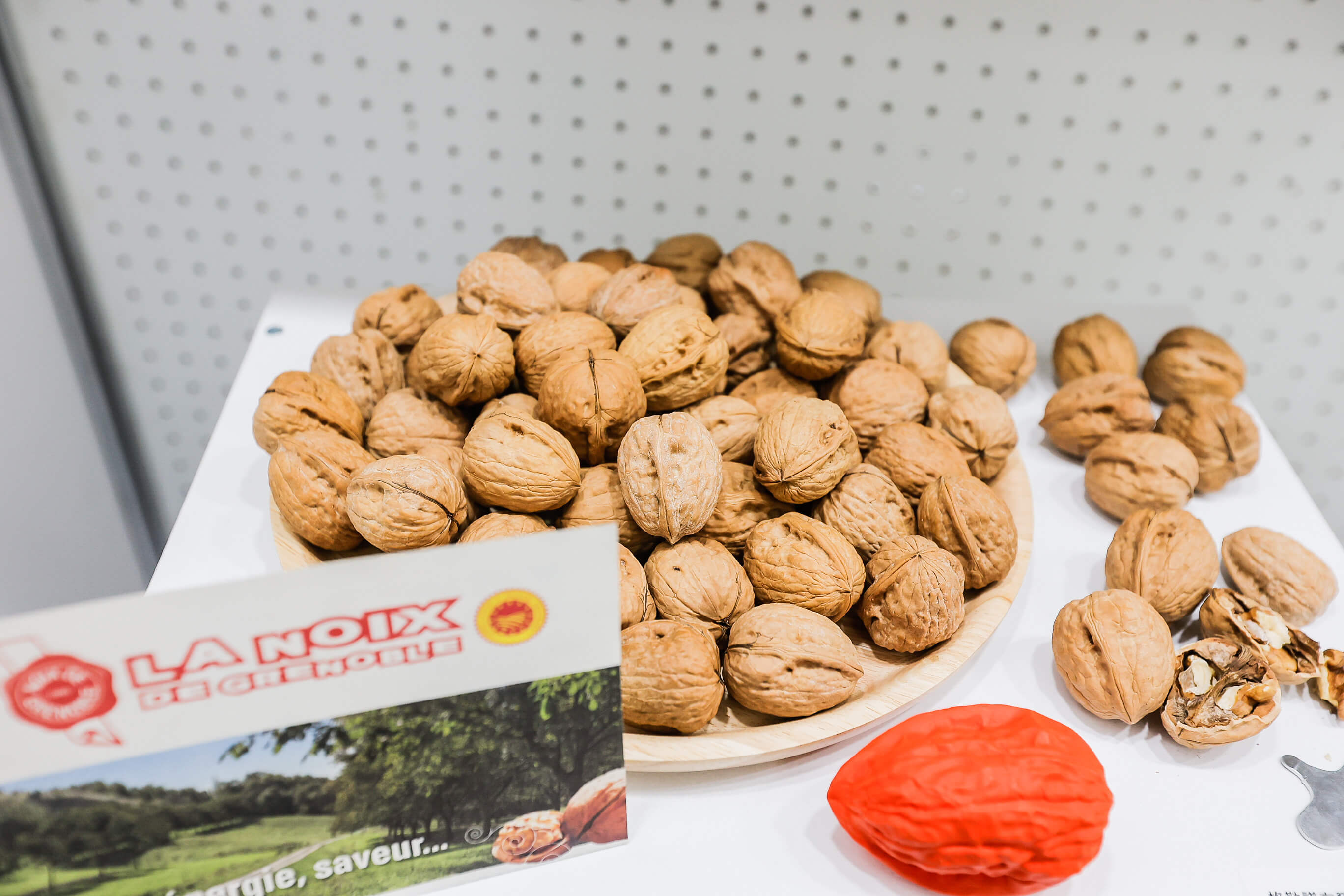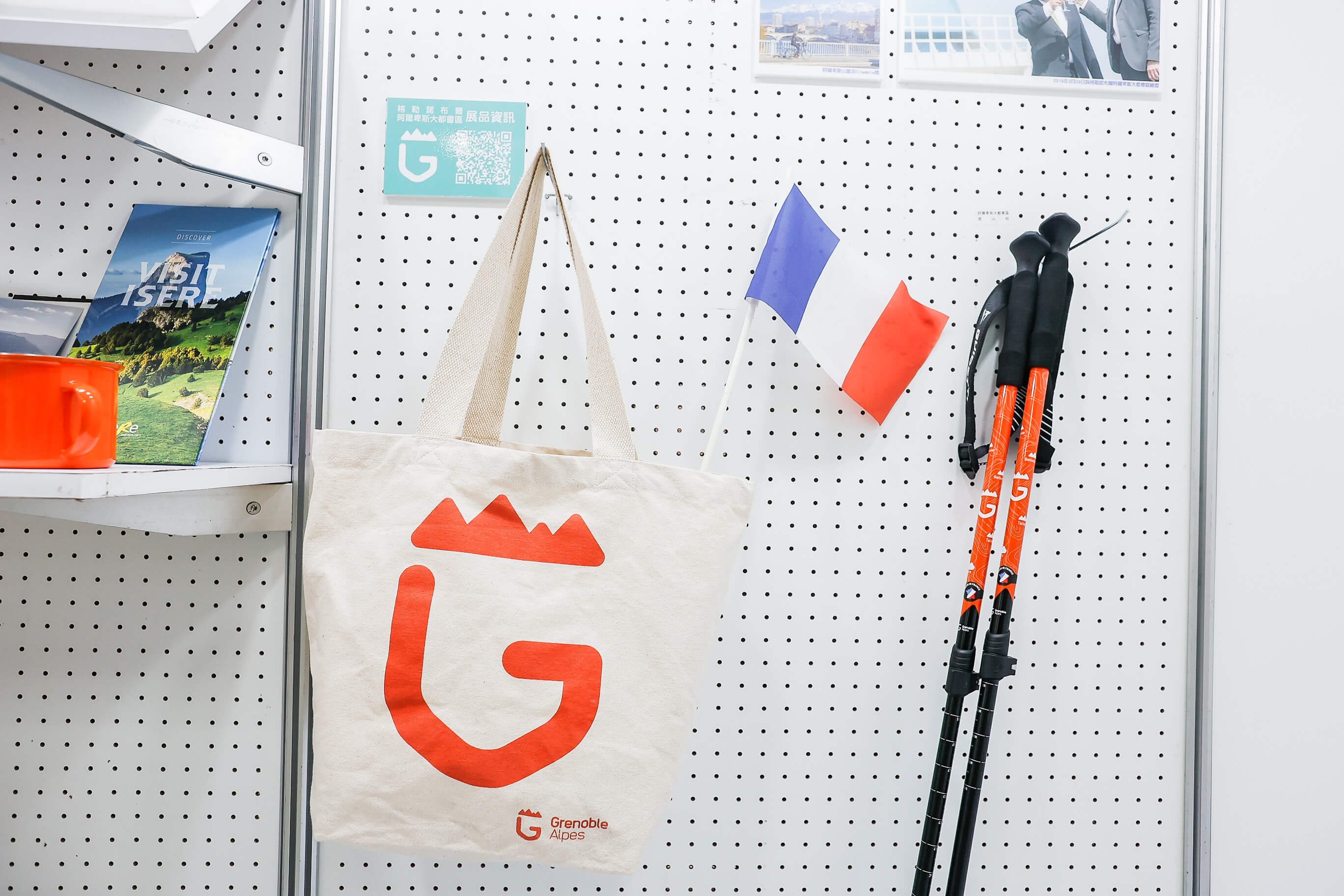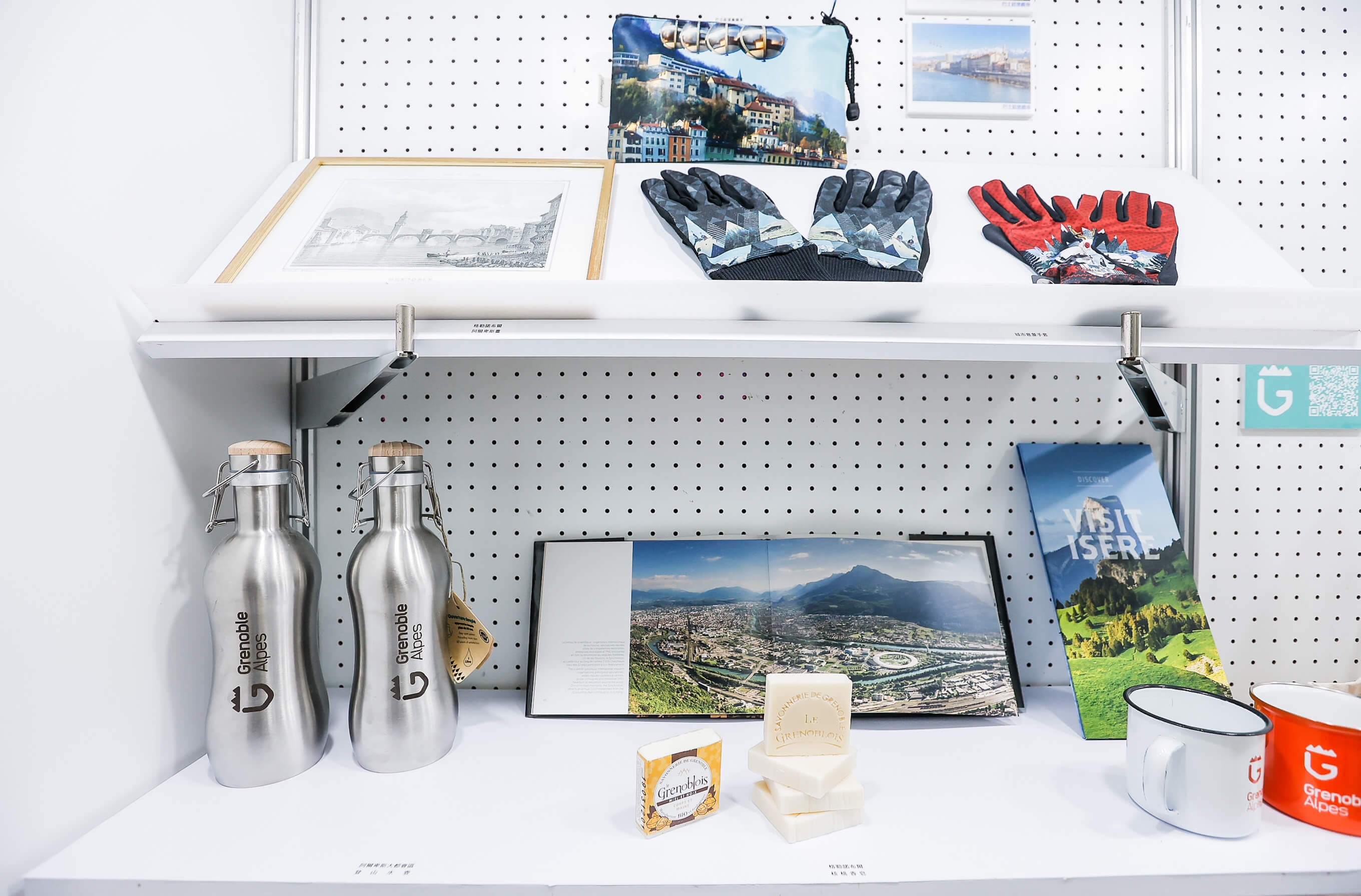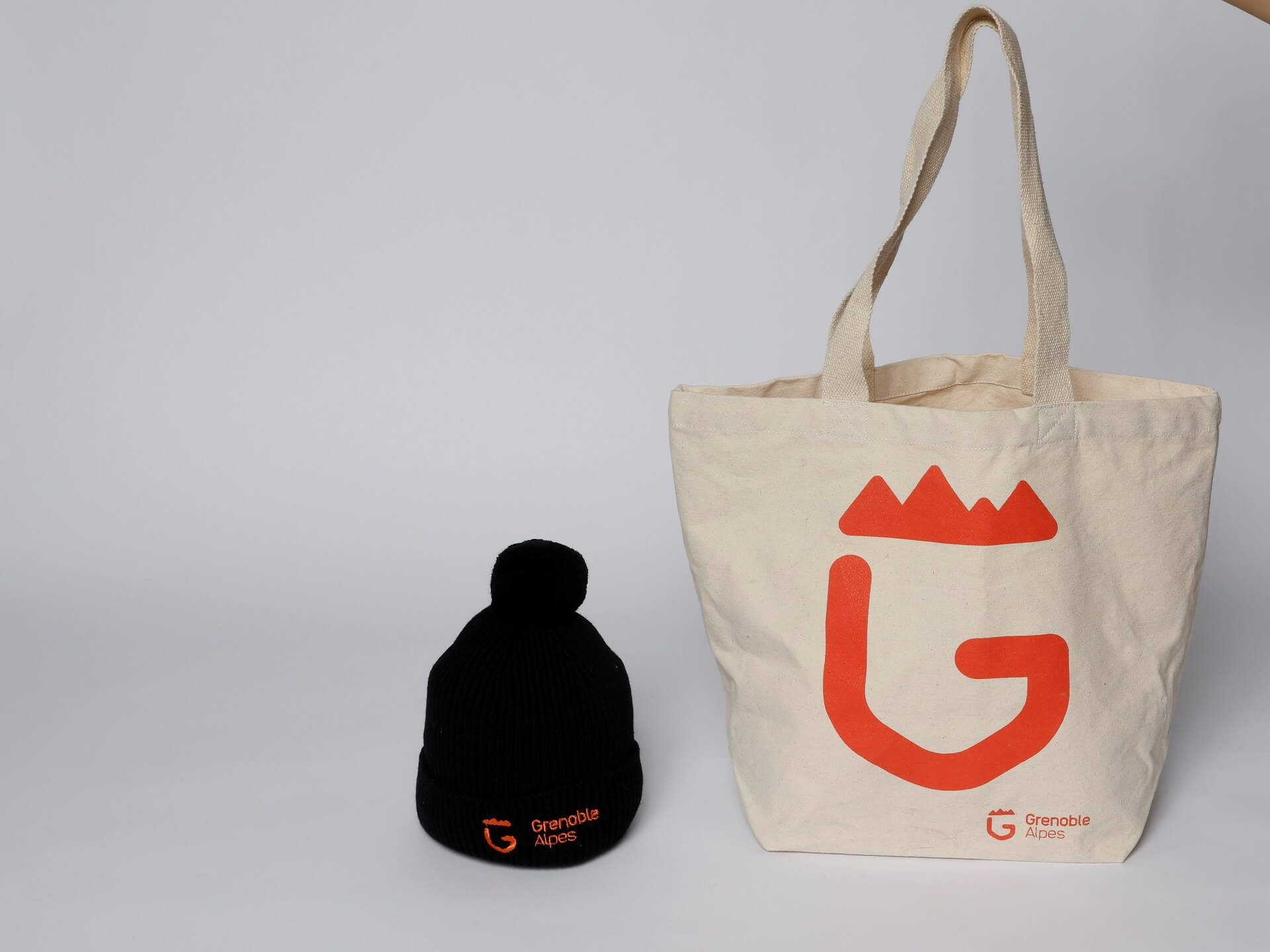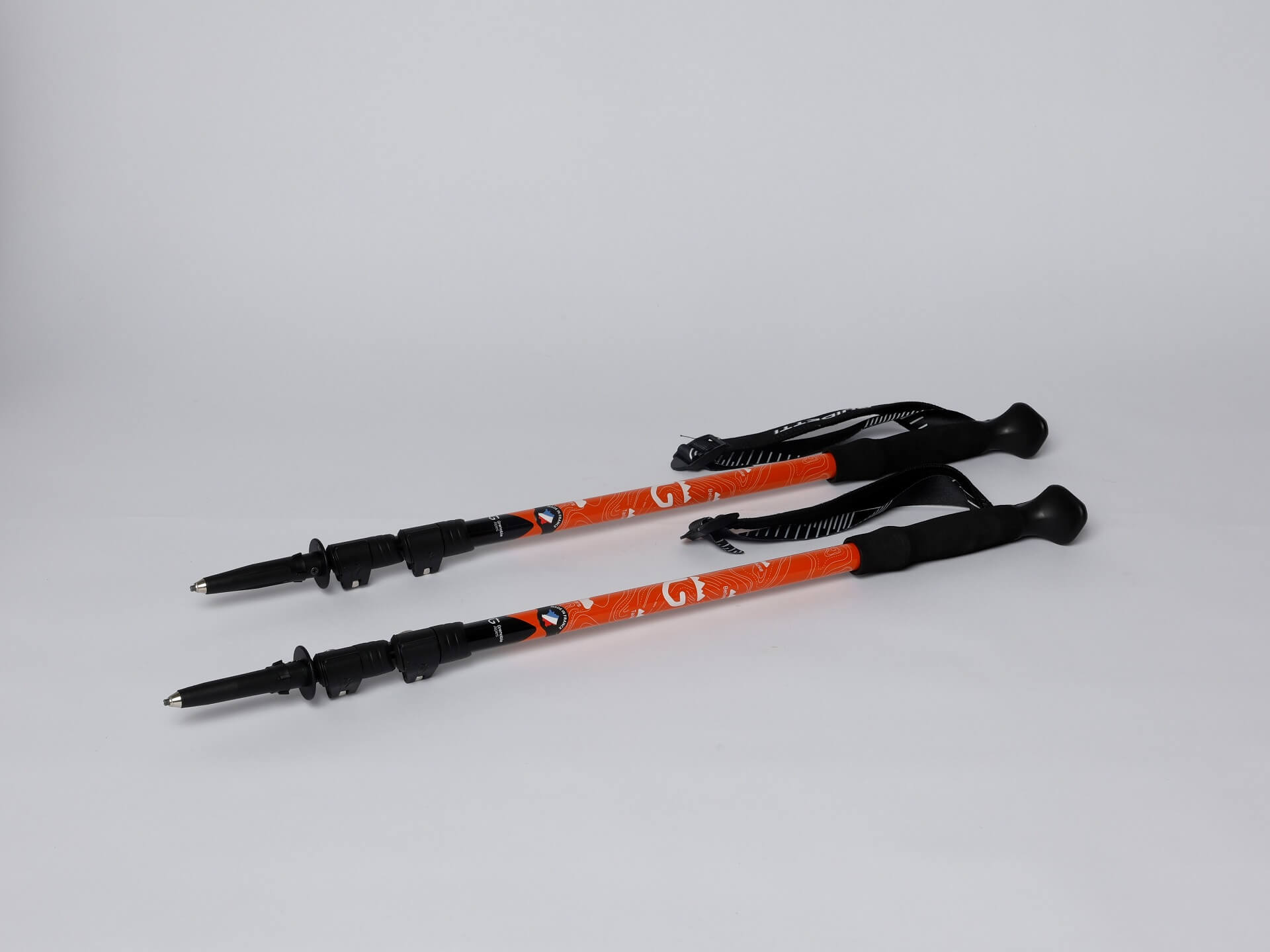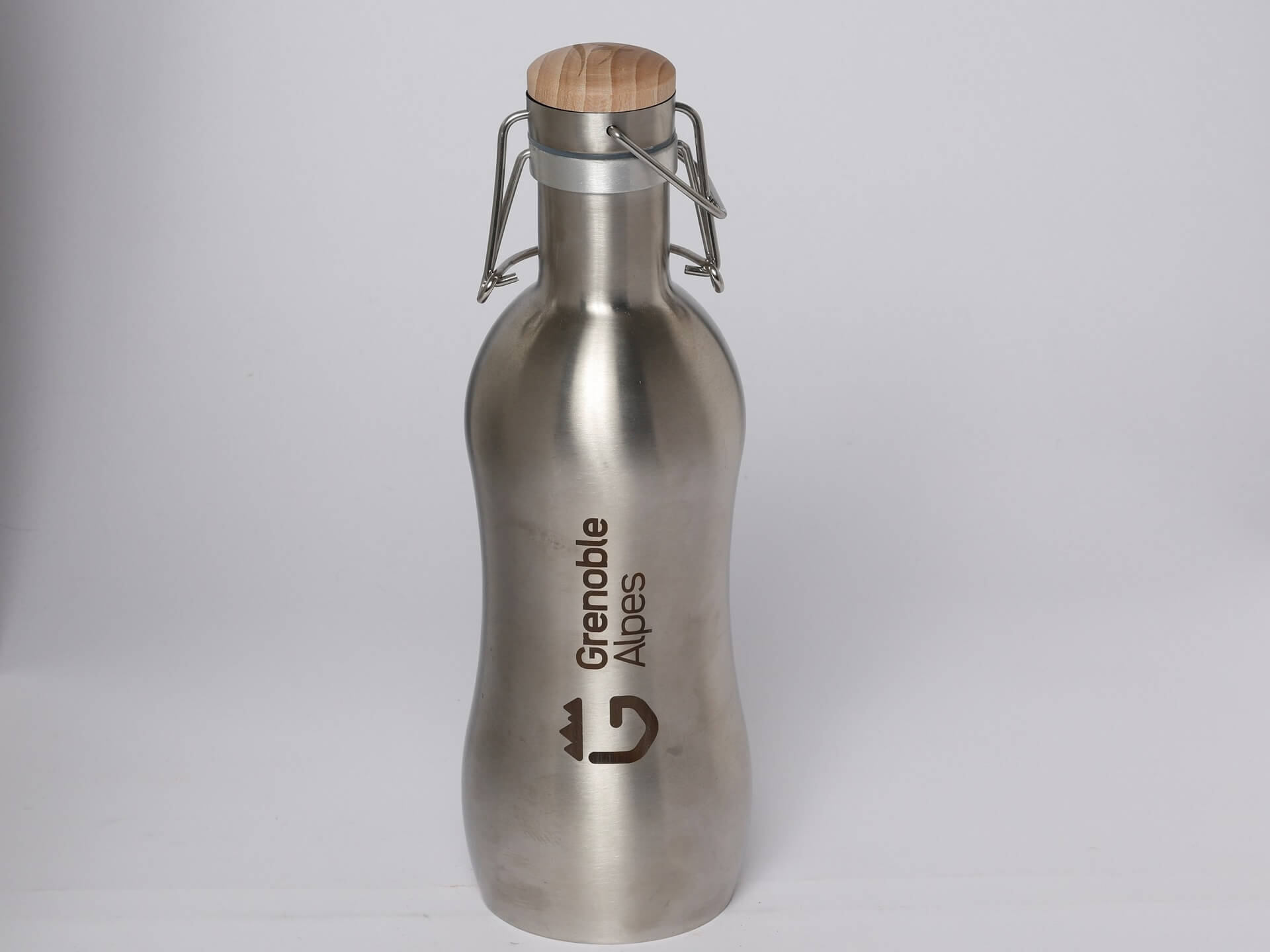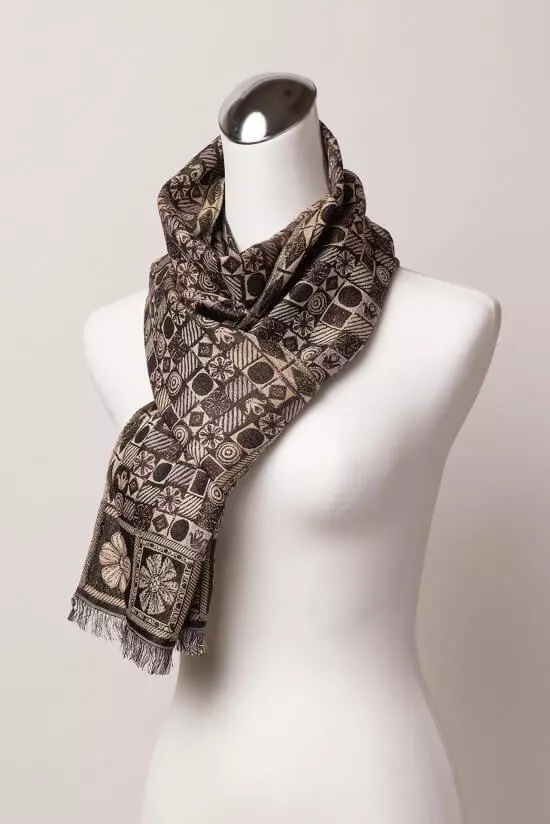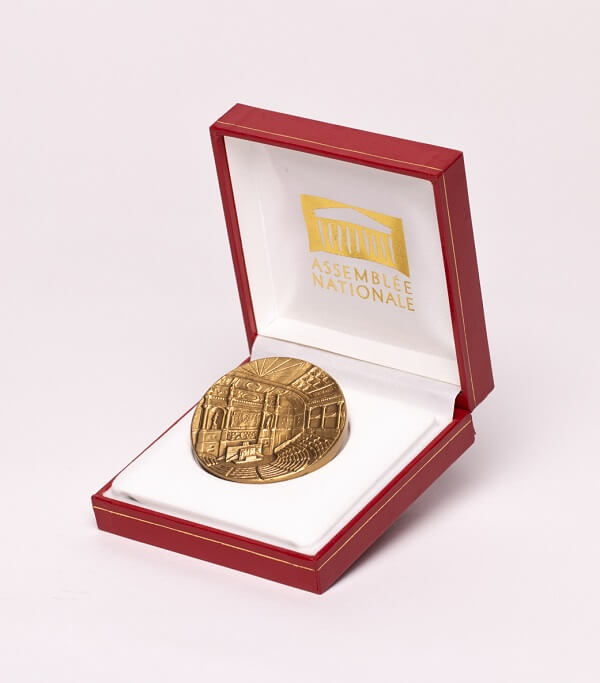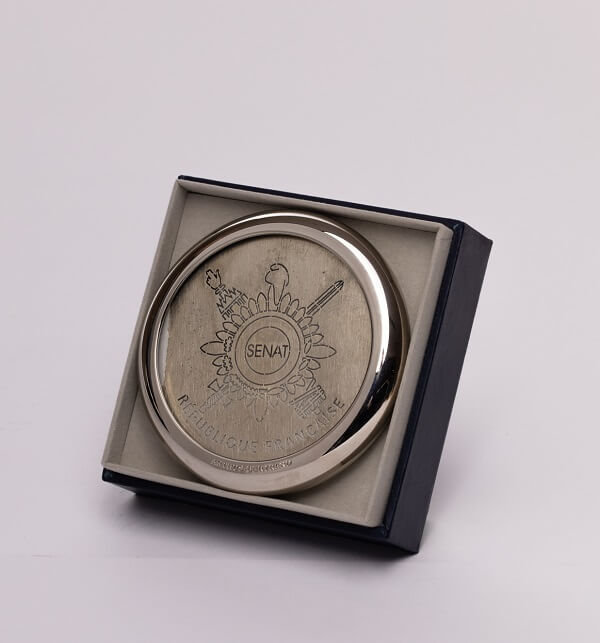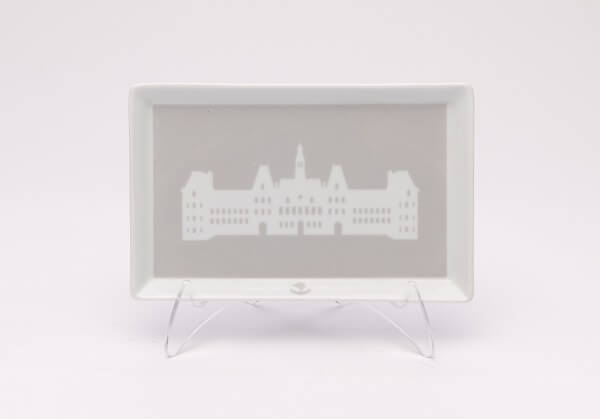

Updated at 2023-05-08
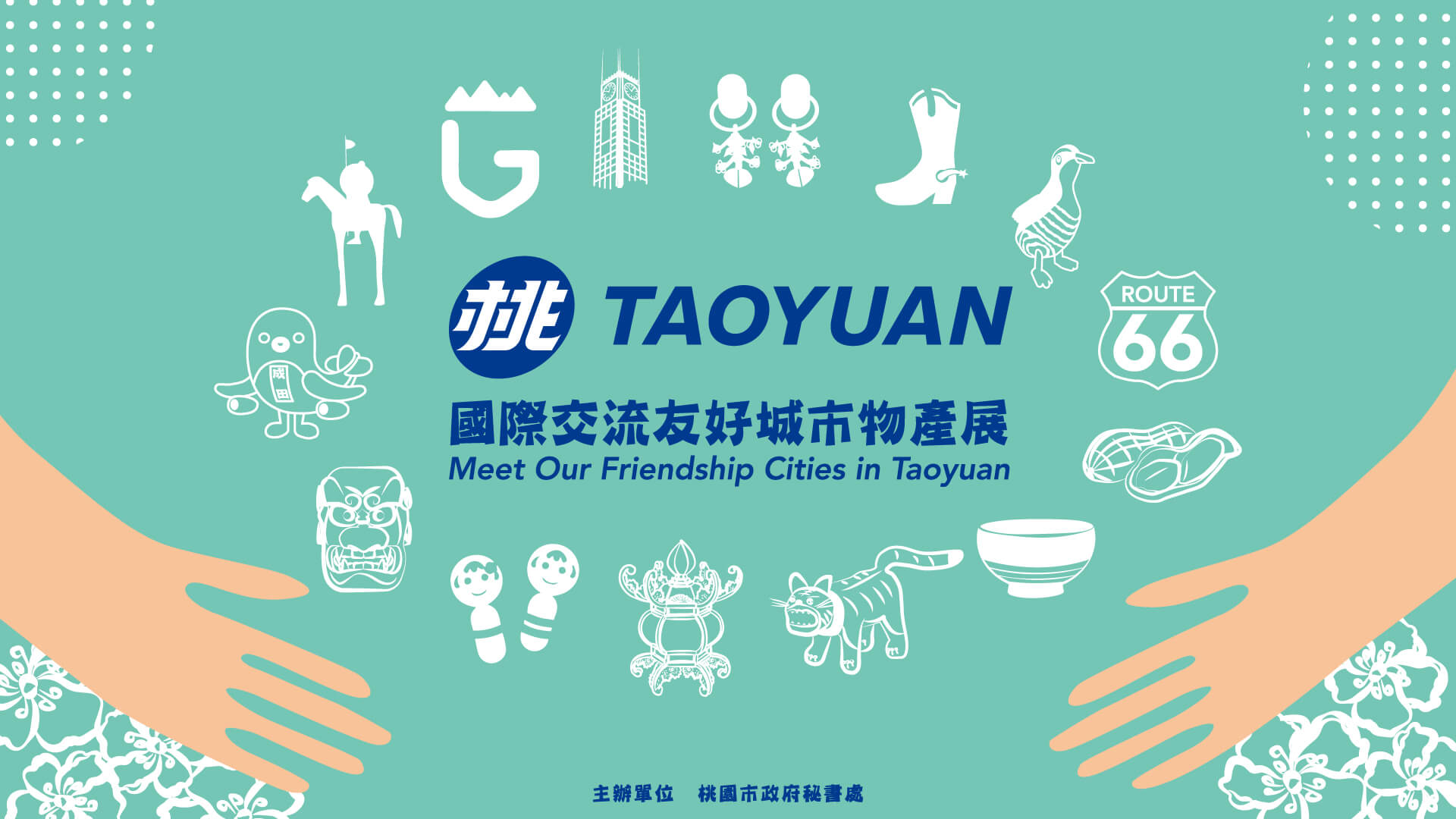
"Meet Our Friendship Cities in Taoyuan" Exhibition
Over the past seven years, Taoyuan City has continued to strengthen its international exchanges, raise its international visibility, and gradually enhance the international perspective of the public and private sectors to create business opportunities. To date, it has forged alliances with 33 cities around the world, laying a solid foundation for city diplomacy. In addition to sharing governance expertise, it also maintains ties through various exchange activities.
Since the beginning of the COVID-19 pandemic, international cities have only been able to communicate with each other online through video conferencing. The "Meet Our Friendship Cities in Taoyuan" Exhibition had participation from 14 sister cities and friendly cities from five countries in Asia, the Americas and Europe. Commemorative gifts and wonderful products from various countries were on display, enabling visitors to the Taoyuan exhibition to enjoy a taste of cities overseas and feel the glow of warmth and friendship from afar.
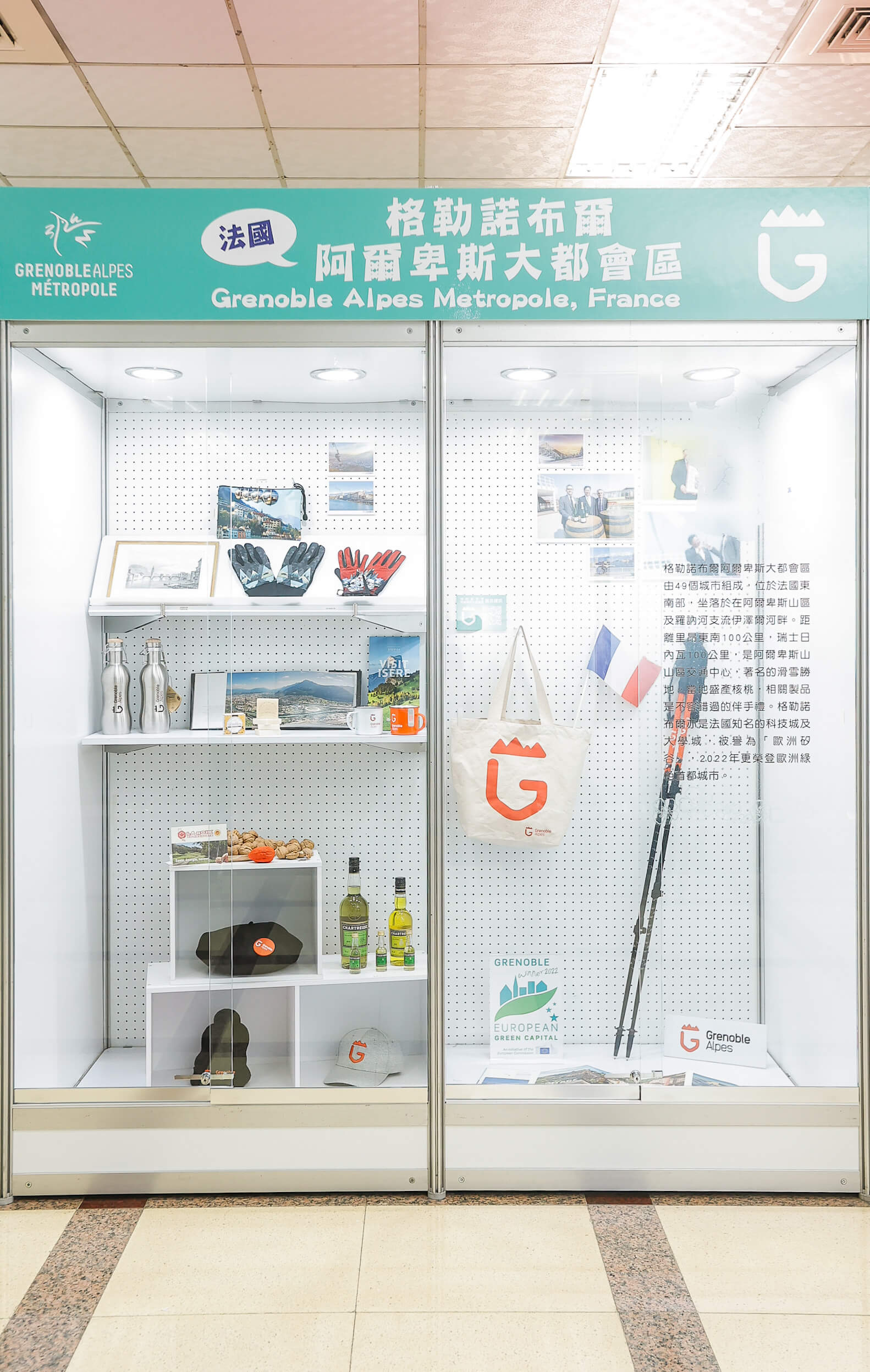
Exhibition highlights
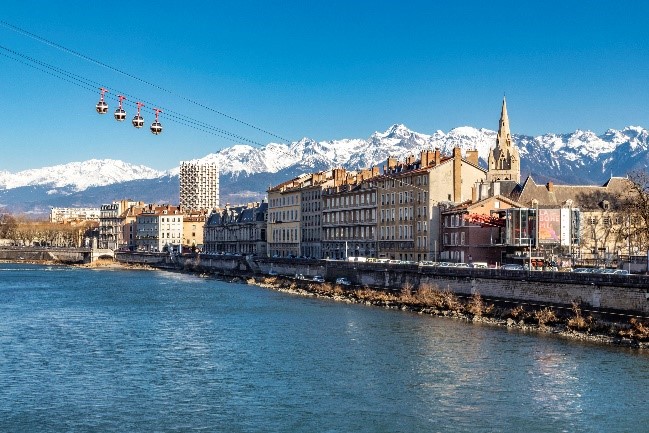
The Grenoble-Alpes metropolitan area consists of 49 communes located in southeastern France, in the Alps and on the banks of the Isère, a Rhone tributary. Located 100 km southeast of Lyon and 100 km from Geneva, it is the transportation hub of the Alps and a famous ski resort. Walnuts grow abundantly in the local area, and walnut products make fine souvenirs. Grenoble is also a well-known technology city and French university town, known as the “European Silicon Valley”. In 2022, it is listed as European Green Capital.
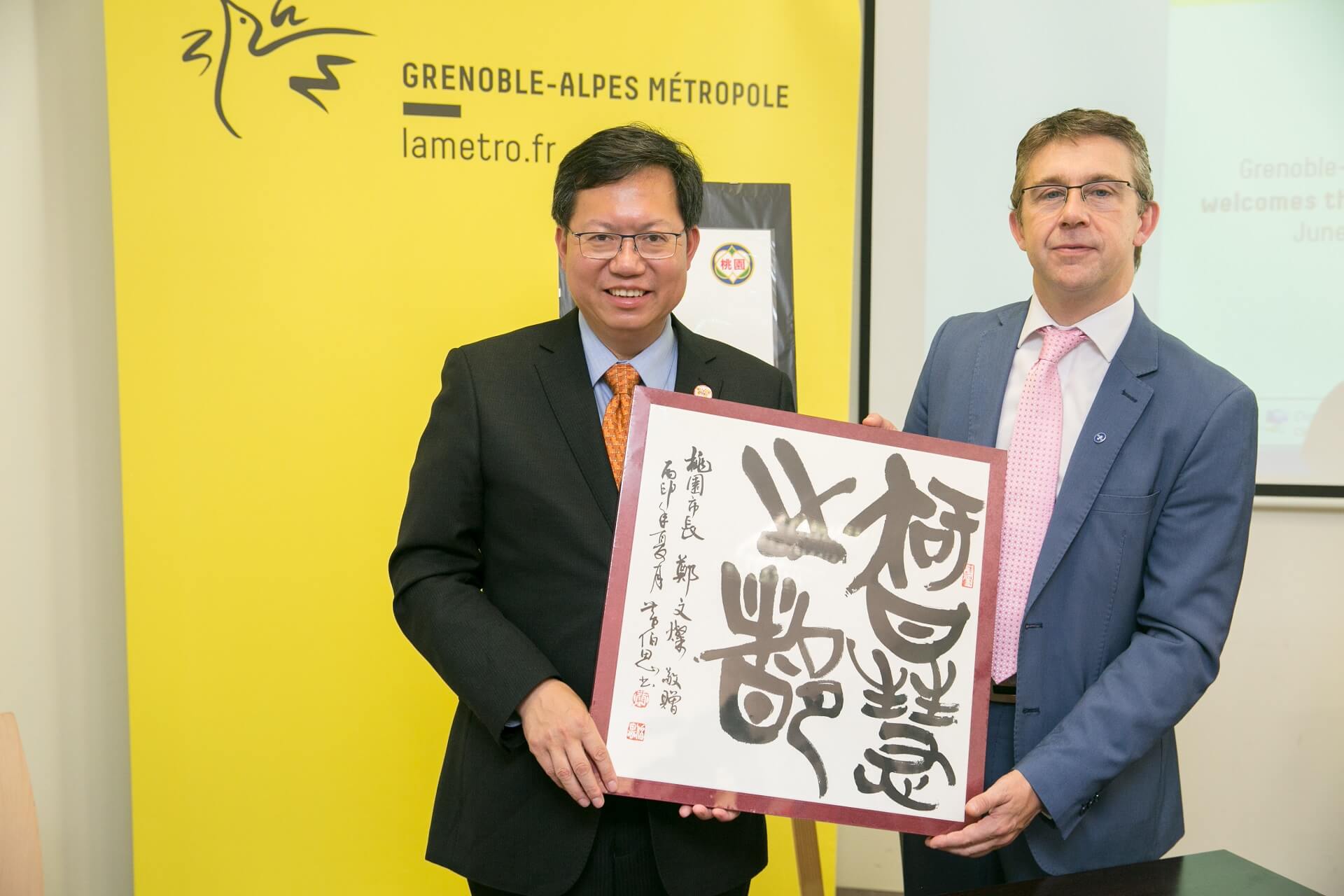
On March 29, 2018, Taoyuan City and the Grenoble-Alpes metropolitan area signed a memorandum of understanding and formed a friendship city partnership. Known as the “Asian Silicon Valley” and the “European Silicon Valley”, the two sides share a vision of a smart and sustainable city and have had many interactions in the fields of start-ups, school exchanges, and middle school girl’s football.
Winter Hat, Trekking Poles, and Water Bottle
The logo of the Grenoble-Alpes metropolitan area consists of the letter G, a coat of arms, and a stylized rendition of the four mountains surrounding Grenoble which provide abundant natural resources. Grenoble is a well-known French winter resort that hosted the 10th Winter Olympics in 1968.
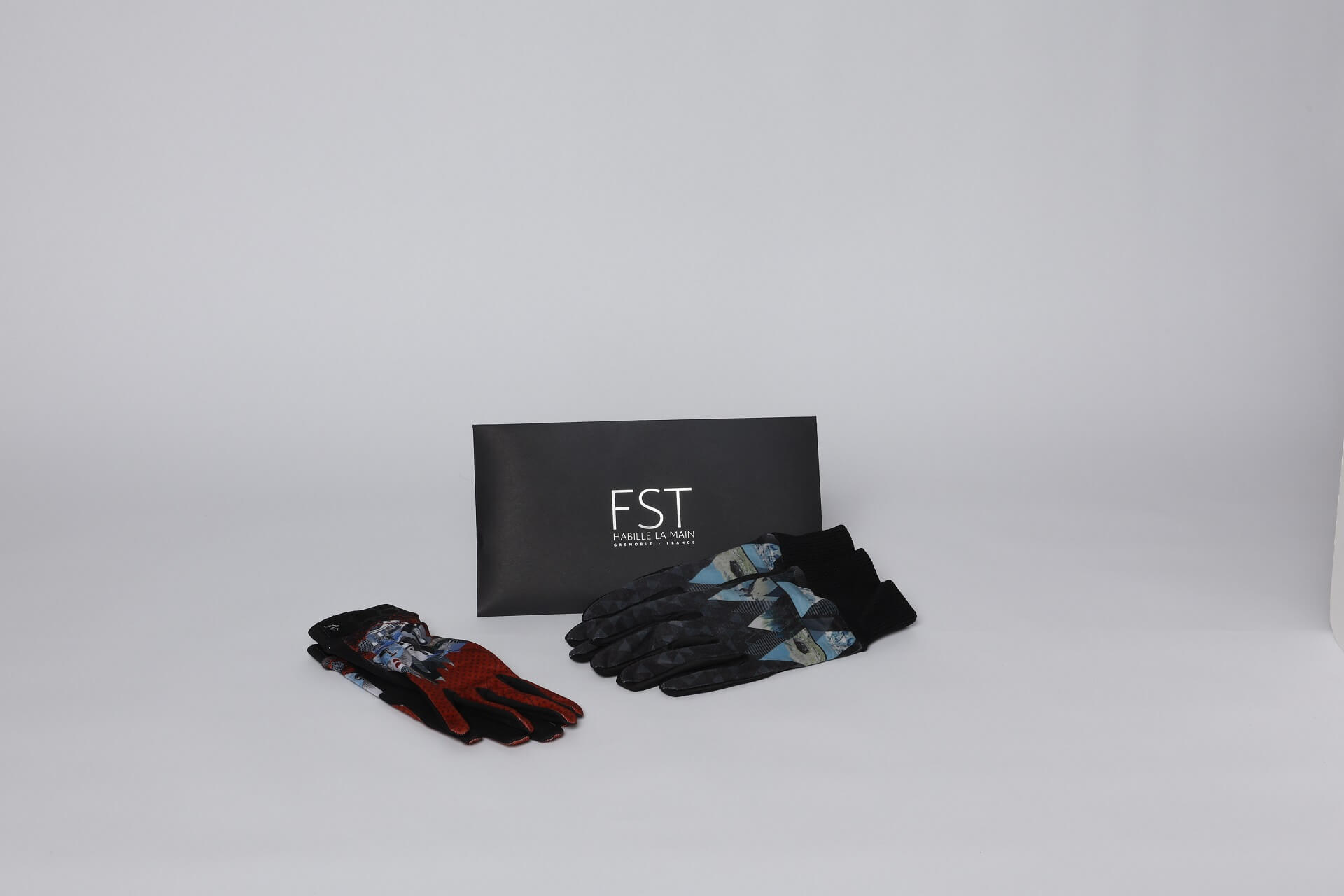
Grenoble gloves
Painted on the gloves are well-known sites and figures from the Grenoble-Alpes metropolitan area, including 19th-century novelist Stendhal, the Alps, the Grenoble-Bastille cable car, and the Pont de la Citadelle.
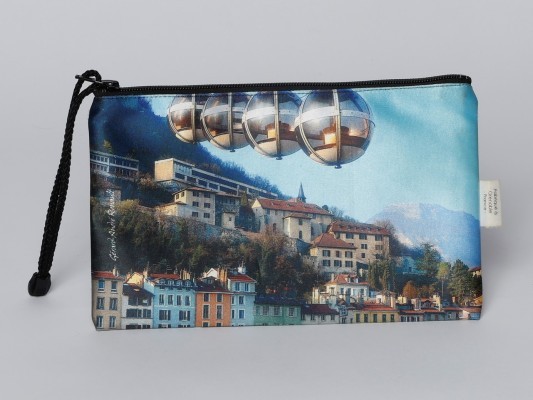
Grenoble-Bastille Cable car Clutch Bag
Inaugurated in 1934, the Grenoble-Bastille cable car was one of the earliest urban cable car systems, preceded only by those in Rio de Janeiro and Cape Town. Ferrying over 325,000 tourists a year between the center of Grenoble and the Bastille fortress, the cable car is known affectionately as les bulles (the bubbles) because of its spherical cabins.
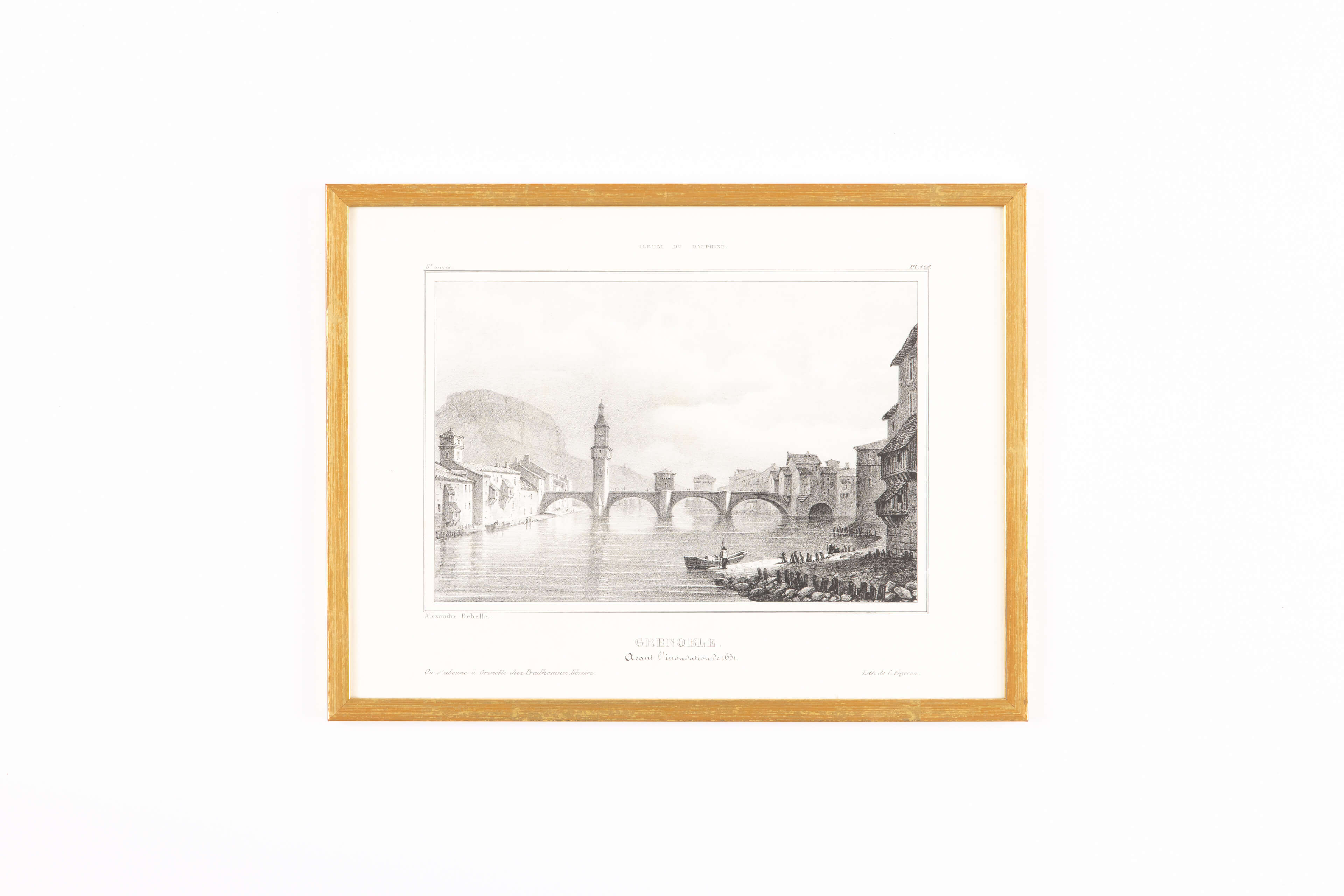
Grenoble-Alpes painting
Grenoble-Alpes Métropole is located in a valley in the heart of the Alps, and two rivers intersect within its borders. The low-lying topography gives this mountain city a flat terrain that is suitable for wandering along streets dotted with ancient buildings. However, the low-lying topography also means that Grenoble is prone to flooding. The painting in the image is called “Grenoble (Isère), avant l'inondation de 1651,” and the artist is Alexandre Debelle. It depicts Grenoble before the flood of 1651.
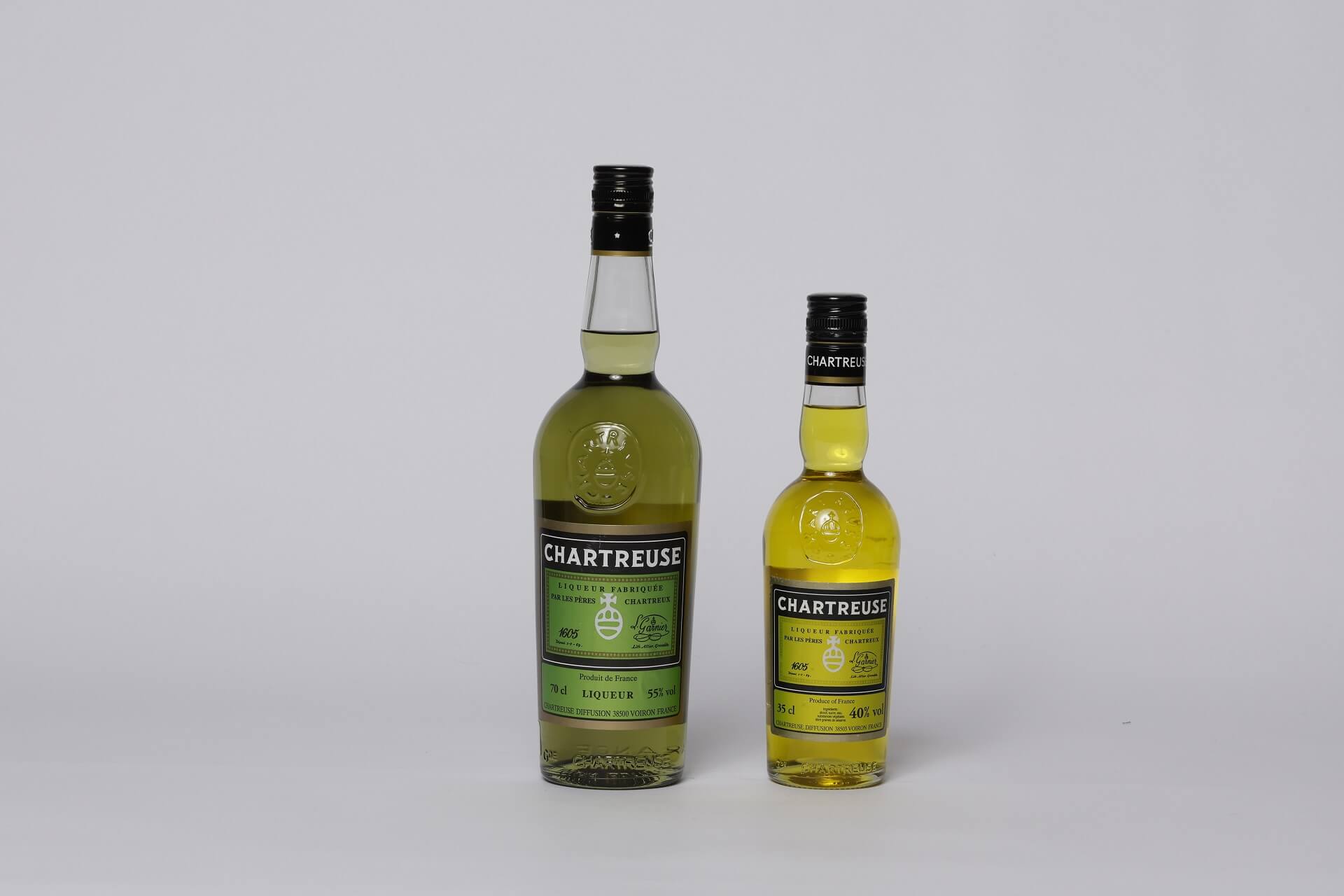
Chartreuse Green Liqueur
Hailed as the king of herbal liqueurs, since 1605 Chartreuse has been made to the alchemical recipe developed by French Marshall François-Annibal d’Estrées. Originally intended to be an elixir of immortality, the recipe was later given to the monks of the Grande Chartreuse monastery in the French Alps in Grenoble, where the medical recipe was bottled for sale. The formula is said to contain over 100 herbs and plants and some secret ingredients. The manufacturing process is also a secret.
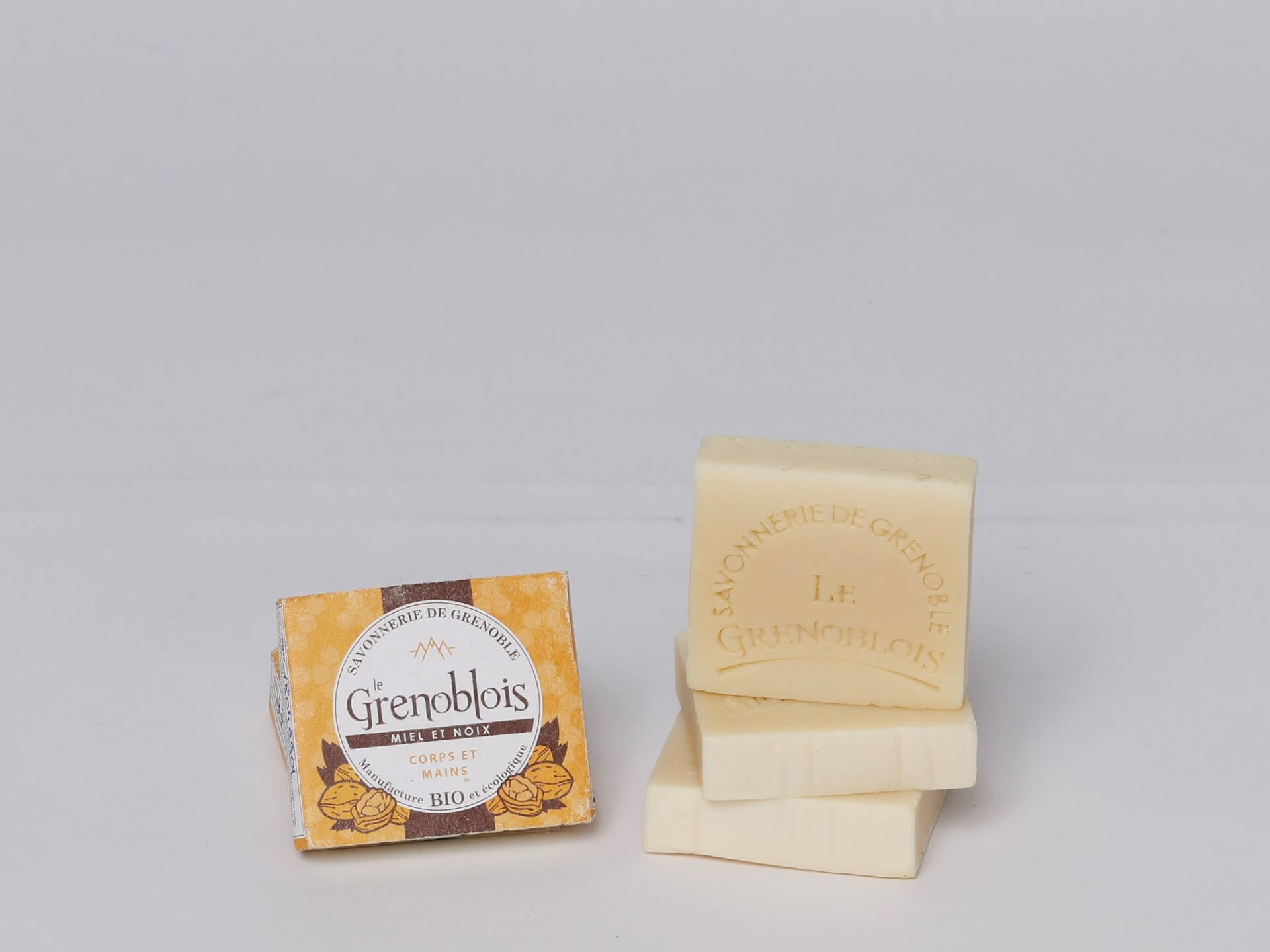
Walnut Soap Bar
Walnuts originated in the East and were introduced to Europe by the Romans. In the 11th century, the nuts provided oil for food and lighting in the home.
The flavor of walnuts varies greatly, depending on the environment where they are grown. Walnuts grown in the humid, windy climate of the Isère Valley, for example, have a strong flavor, while those planted in orchards on plains and hills are full of sweetness.
In 1938, the Grenoble Walnut became the first fruit in the world to receive a Controlled Designation of Origin (Appellation d'Origine Contrôlée, AOC). The three most renowned varieties are La Franquette, La Mayette, and La Parisienne. With nearly 7,000 hectares of land devoted to walnut production, Grenoble’s outstanding geographical conditions and the expertise of its producers have made walnuts an important regional specialty for centuries.
Related Collection

